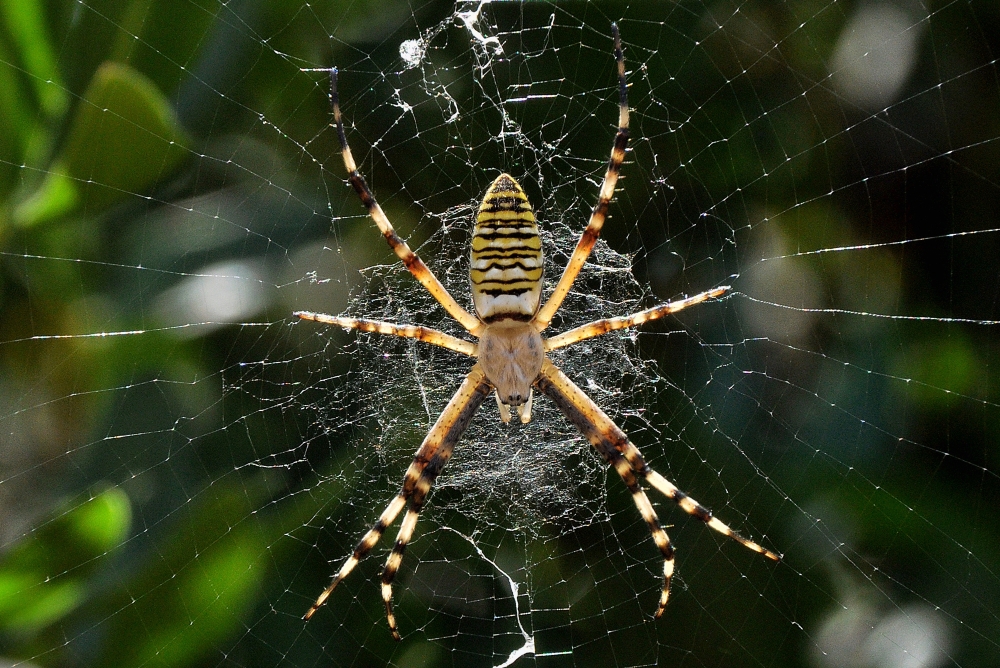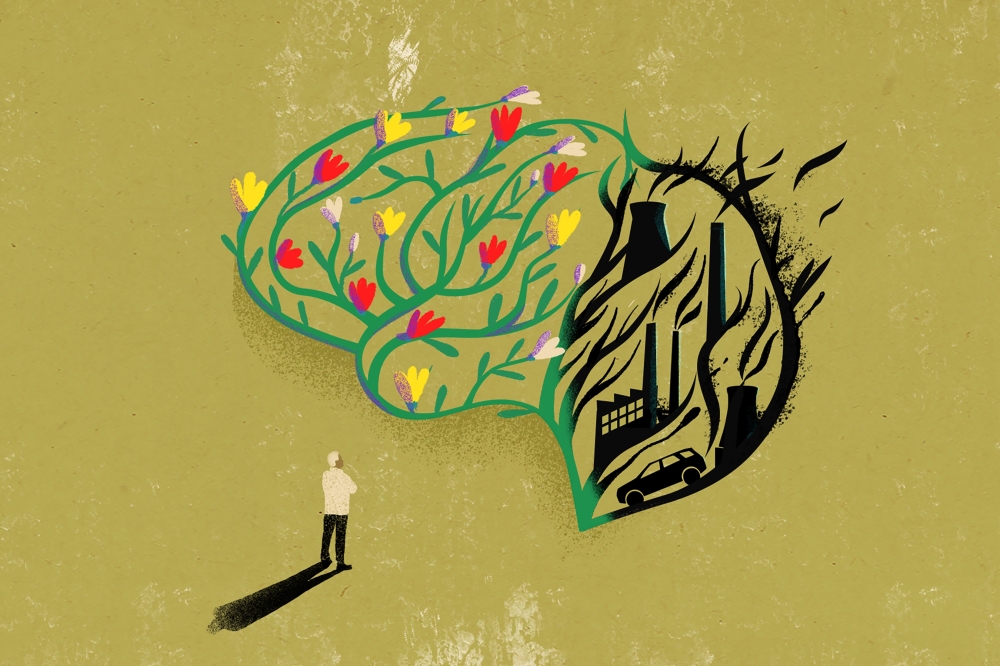Spiders are good web designers, fine Interior decorators too

After crafting a gauzy web, a spider might reckon that the construction isn’t complete. Some spiders, known as orb weavers, often add decorations, typically spun from silk but sometimes using bits of insect cadavers or shed exoskeleton.
Curiously, spiders embellish their webs in this way. The structures seem meant to be light and inconspicuous. Yet spiders add these features, known as stabilimenta, some looking like zigzags, others like a disk that’s been scribbled in thread, or even a big “X” that marks the web’s center.
A study offers a new explanation for why spiders spin stabilimenta, but it may not end debate over the subject. It is an area that scientists seem to relish fighting over, said Gabriele Greco, a physicist in Sweden and an author of the study. “And I was stupid enough to start this topic,” he added.
There’s ample evidence that stabilimenta distract birds or wasps that prey on spiders. Spiders are known for vibrating their webs, blurring the stabilimenta, and then scuttling through a hole in the disk or jumping away to safety. But researchers have also theorized that the accessories collect water, or fool insects by reflecting UV light. Greco’s team set out to study the webs of wasp spiders on the Italian island of Sardinia.
One study co-author, Luigi Lenzini, an Italian naturalist, spent two years documenting the species’ stabilimenta. About 50% of the wasp spider webs had the decorations. Sometimes threads traced zigzags between two spokes. Other times, they formed a platform of matted fibers concentrated in the web’s middle.
Spiders can detect snagged prey through vibrations coursing along the webs’ threads and can adjust a silk thread’s tension, altering how vibrations travel. Greco’s team figured stabilimenta could affect the speed and distance of such signals. To test the idea, they used a program to simulate webs with and without stabilimenta. At first, they didn’t see much influence from the decorations on how vibrations traveled. Then a researcher suggested the team try modeling vibrations that kicked off at a tangent to the spiral threads.
In this case, with a stabilimentum at the web’s center, the models suggested that some vibrations that would otherwise be lost could travel to the other side of the web, where the spider could detect them. That central mass may improve the connectivity of the web. — CAROLYN WILKE
This article originally appeared in The New York Times.



